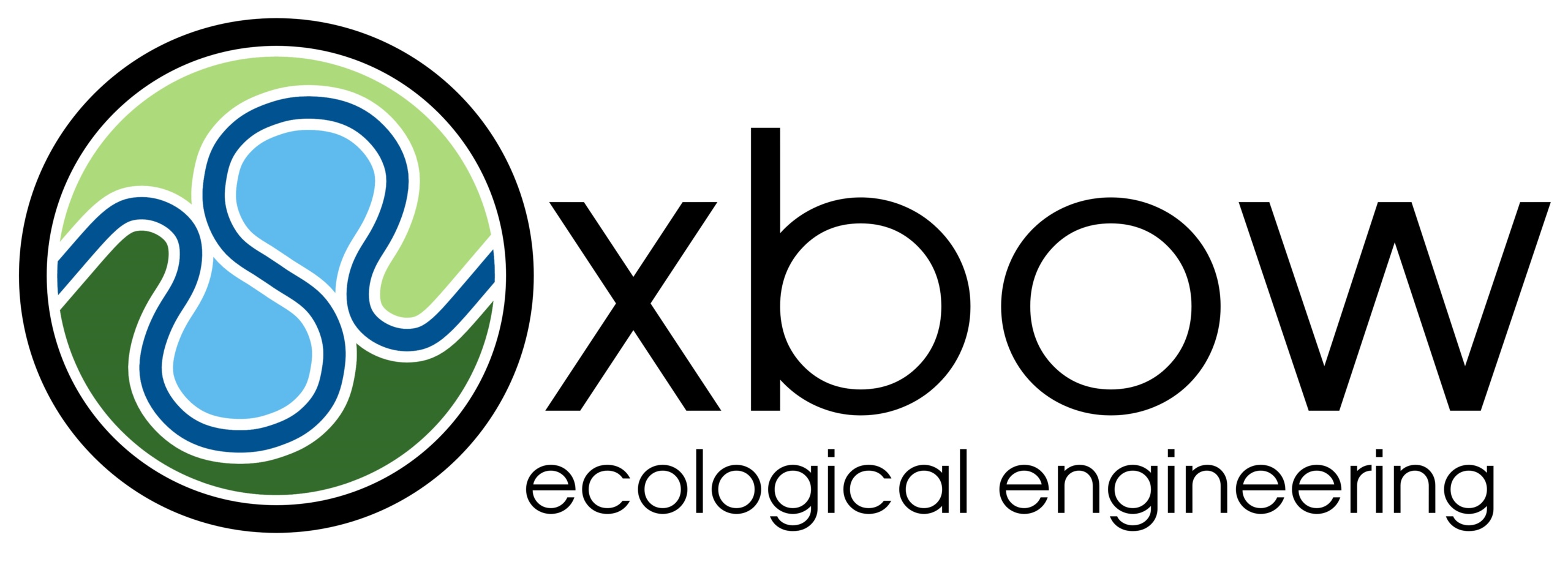Hunter’s Hole Riparian and Wetland Restoration Project
Hunters Hole is located along the Colorado River, in Arizona, approximately three miles north of the US/Mexico border. Hunters Hole once consisted of a series of interconnected ponds with adjacent marsh and a few stands of cottonwood-willow. Water levels were maintained by groundwater, irrigation drain flows, and by a connecting channel to the main river channel. Unfortunately, the site has been degraded and most of the habitat lost due to declining water levels, establishment of invasive plant species, and wildfires. The Yuma Crossing National Heritage Area has secured funding from the Arizona Water Protection Fund to restore ~37 acres within the Hunters Hole area and the Lower Colorado Multi-Species Conservation Program has agreed to provide funding for the long-term maintenance. Restoration activities include: selective clearing of invasive reeds and salt cedar while leaving existing native trees, earthwork/re-contouring to optimize water use and habitat, installation of infrastructure to allow for managed flooding, and planting with native cottonwoods-willow, marsh plants, upland grasses, and honey mesquite. The restoration design is expected to attract native and migratory birds and wildlife species. This project not only meets restoration needs, but also incorporates international security needs, cost-sharing, and allows for continued lower Colorado River operations within this reach of the river. [For more information see the LCR-MSCP Hunter’s Hole Conservation Area Fact Sheet and Arizona Water Protection Fund Project Information Page]
The following is a summary of George F. Cathey’s technical contribution to the project (as an employee of Natural Channel Design, Inc.):
- Engineer of Record and lead designer for all civil works associated with the restoration project.
- Topographic Survey – Coordinated and conducted a topographic survey of the ~ 37 acre site using survey grade RTK GPS units.
- Irrigation System Design – Completed all analysis for a 1,695 foot long, 12-inch diameter HDPE pipeline to deliver water to the riparian/wetland complex. Pipeline design included detailed hydraulic analysis of the pipeline and existing pump system, ring deflection, ring compression, & ring buckling analysis for HDPE pipe, design for air/vacuum valves, preliminary design of custom fabricated irrigation manifold, and specifications for pre-cast concrete stop-log structures.
- Wetland/Riparian Design – Provided all analysis for the grading plan including earth balance calculations for ~36,000 cubic yards of proposed earthwork. The final plan optimized earthwork and water use while maintaining historic floodplain channel features of the Colorado River.
- Construction Package – Completed and sealed the construction package (specifications, drawings, engineer’s opinion of probable cost, and unit price table) for the irrigation system plan, habitat re-contouring plan, and water control structure plan.
- Revegetation Plan Collaboration – Coordinated and collaborated with Fred Phillips Consulting, Inc., as needed, as part of the development of the grading and revegetation plan.
- Record Drawings – Coordinated and conducted a post-construction survey of topographic features and visible infrastructure within the project area and produced record drawings based on this survey.
Location:
Hunter’s Hole Conservation Area
Lower Colorado River, Gadsden, Arizona
Client:
Yuma Crossing National Heritage Area
Cooperators:
Lower Colorado River Multi-Species Conservation Program
U.S. Bureau of Reclamation – Yuma Area Office
Design Team:
Contractor:
Press/Media:
Landscape Architecture Magazine, “Fluid Boundaries: Wetland Restoration on the Lower Colorado River Yields Practical Lessons for Two Countries’ Arid Expanses” by Jonathan Lerner/Photography by Fred Phillips, ASLA, November 2014 Issue.
